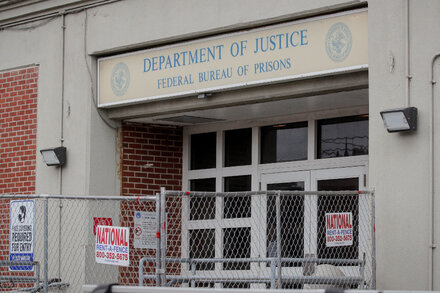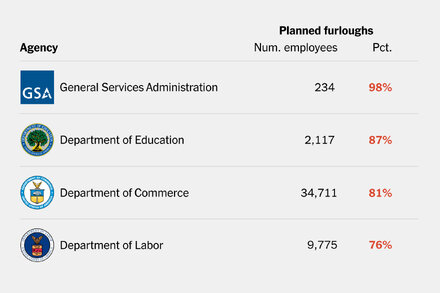
Former President Donald J. Trump has reportedly signaled his intent to dismiss a significant number of federal employees should a government shutdown occur, a statement that underscores his long-held promises to overhaul the federal bureaucracy.
The remarks, made amid growing concerns over potential government funding impasses, suggest a more aggressive stance towards federal staffing than typically seen during shutdown scenarios. Historically, government shutdowns lead to furloughs or essential personnel continuing to work without immediate pay, but mass firings represent a more drastic measure.
During a recent public appearance, former President Trump reiterated his commitment to what he terms “draining the swamp,” indicating that a looming shutdown could be an opportunity to enact widespread changes within the federal workforce.
“We’re going to clean house. There are a lot of people in Washington who aren’t working for the American people, and if we have to shut it down to get rid of them, that’s what we’ll do,” former President Donald J. Trump stated. “We’ll fire a lot, and we’ll rebuild it stronger, better, faster for the good of this country.”
Trump’s past rhetoric and policy proposals have often focused on reducing the size and scope of the federal government, with his campaign frequently promising to eliminate various agencies and streamline operations. The prospect of a shutdown, particularly one initiated or prolonged under his directive, could serve as a vehicle for such reforms.
Such a move would likely face significant legal challenges and strong opposition from federal employee unions and Democratic lawmakers, who argue that mass dismissals would cripple essential government services and harm dedicated public servants. The potential for widespread firings also raises questions about institutional knowledge loss and the stability of government functions.
As budget negotiations continue and the specter of a government shutdown draws nearer, former President Trump’s threat adds another layer of complexity to the already contentious political landscape, signaling a potentially tumultuous period for the federal workforce.
Source: Read the original article here.





